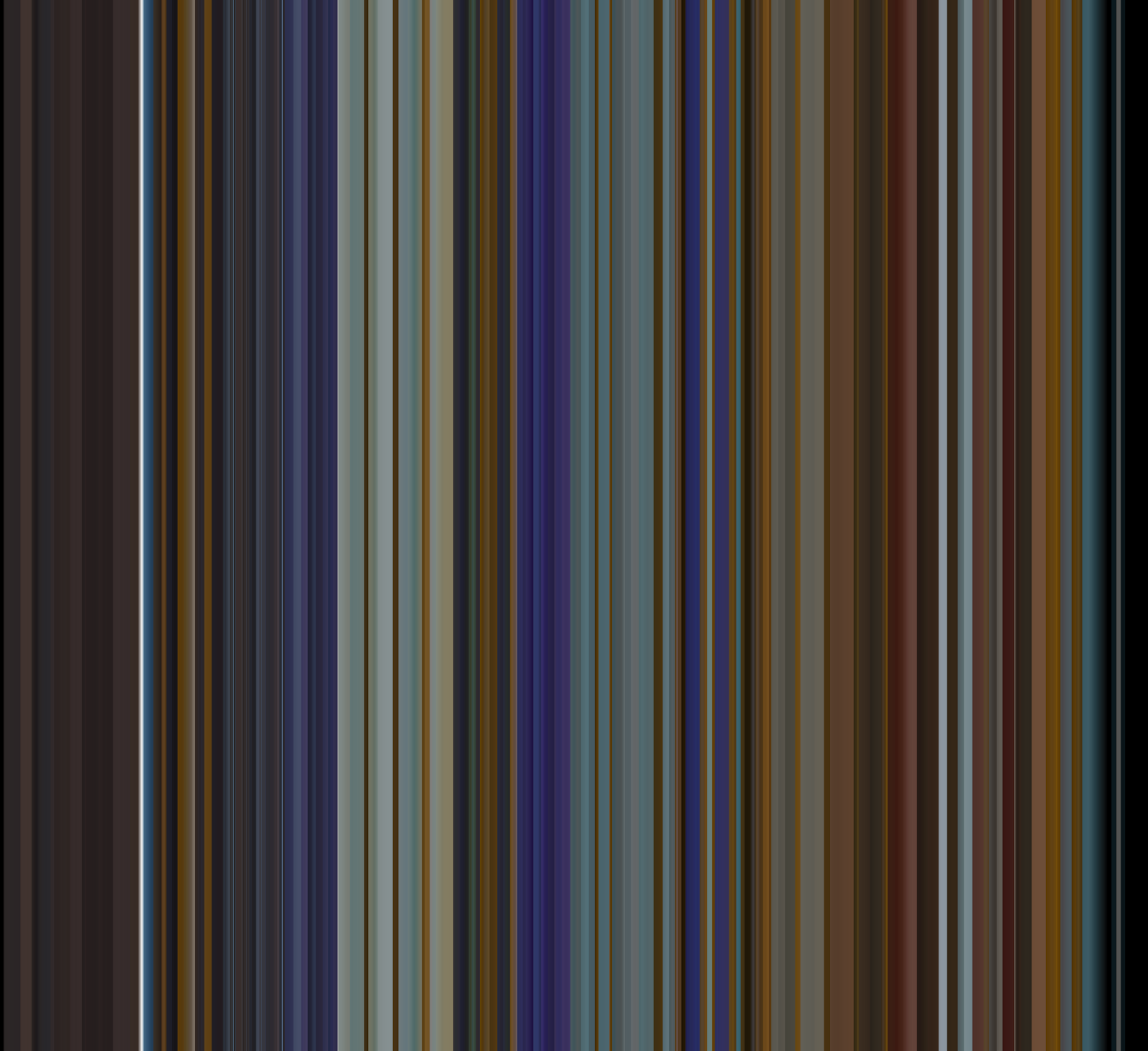High Volume, but to what End?
So in the past couple of years, I've gone on tears where I'm addicted to MOOC's (or Massive Open Online Courses, like Coursera, Khan Academy, etc). Occasionally, I'll really connect with some exceptional material, for instance
Though, perhaps equally often, I'll engage with a course for a few then give up-- like that time I was really excited about Jazz Improvization and then got distracted with other things. More perilous, I'm coming to understand that get addicted to the dopamine rush of bookmarking the hell out of everything, and never following up. It's a low-effort, high-"feels"-dividend to imagine all of the cool things that I WILL be learning..........someday. (For real, don't ask me how many O'Reilly manuals I own but haven't read.)
Eventually, it occurred to me that I got really good at watching YouTube videos and following along. Ultimately, though, I was kind of shit at keeping all of the information in my head. Truth be told, looking back-- even at courses that I really enjoyed-- my experience in academia can largely be summarized with the phrase
"Okay. I'll do what I need to to get the grade now, but I'm going to come back and really learn this later."







